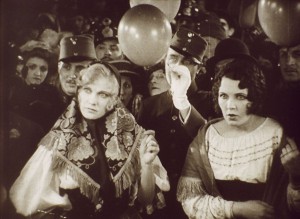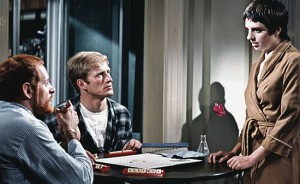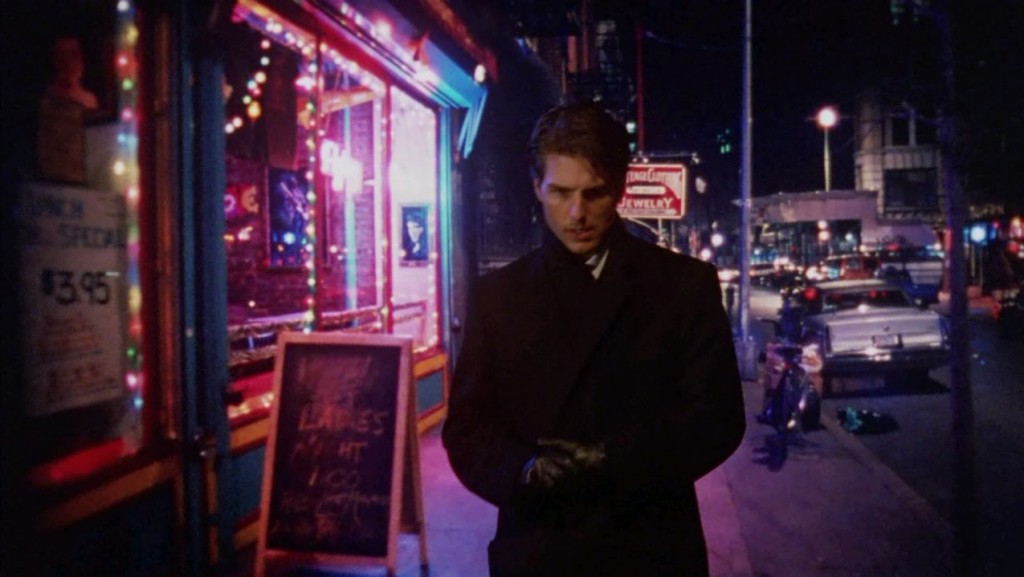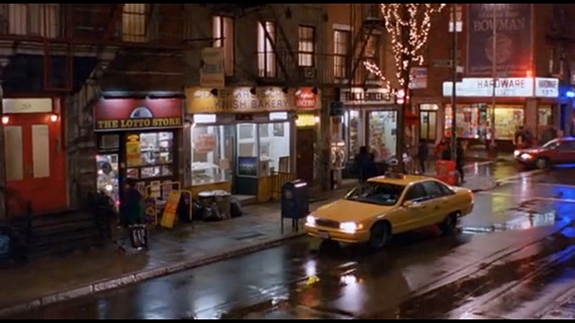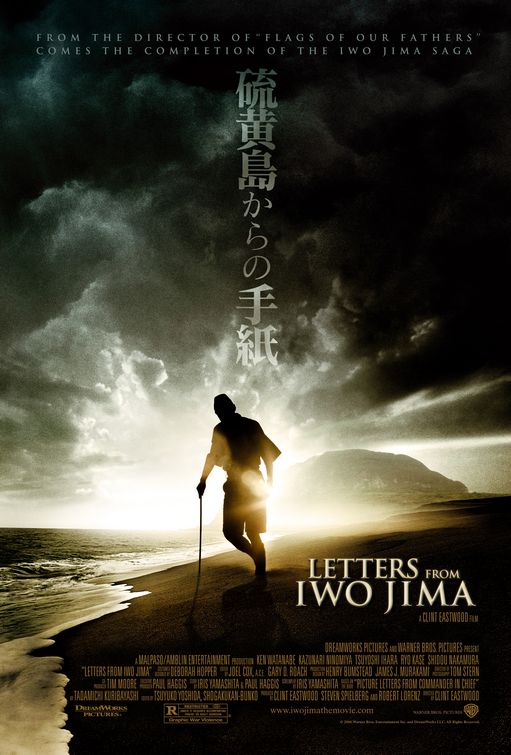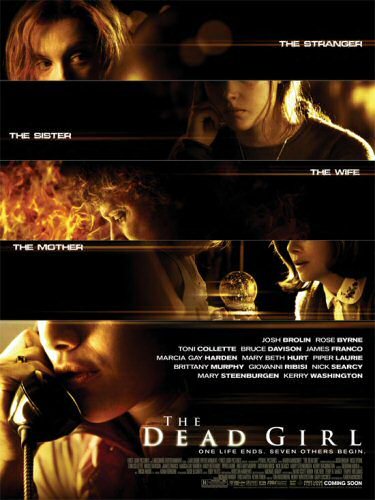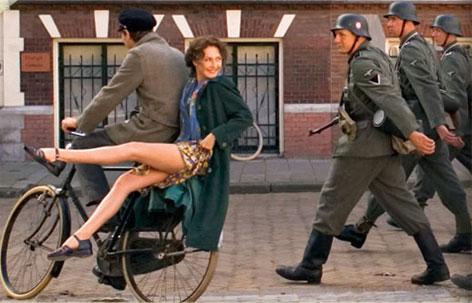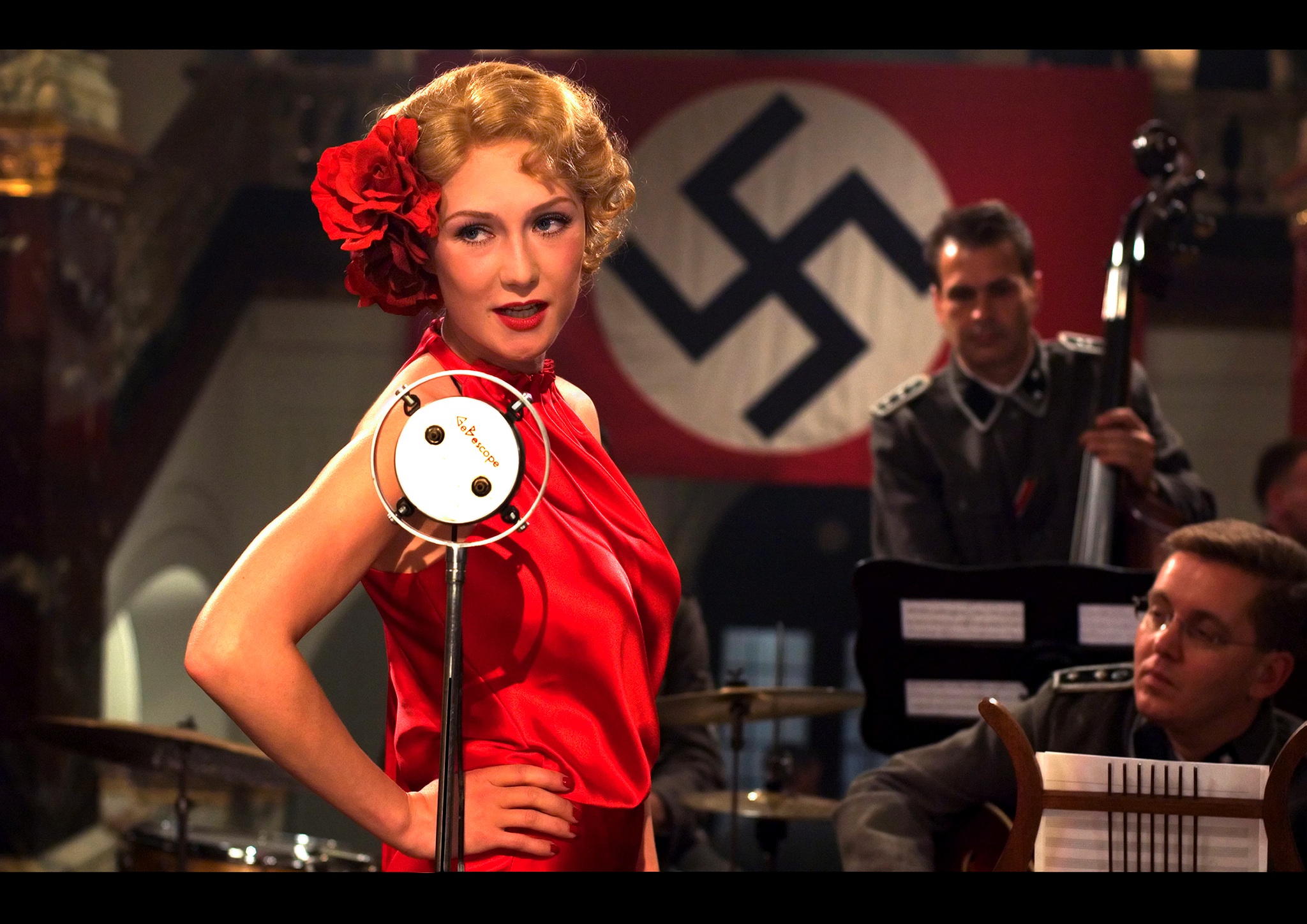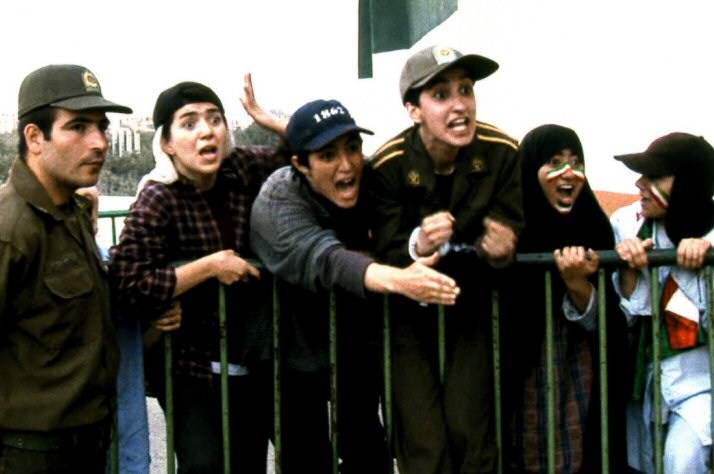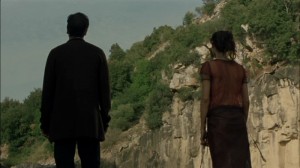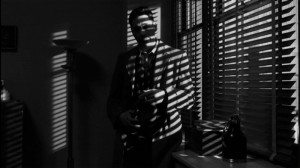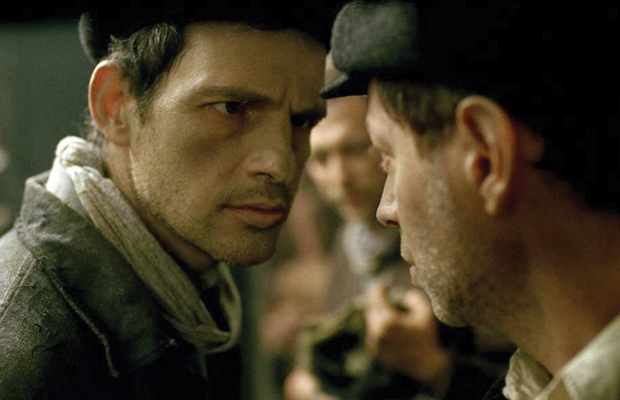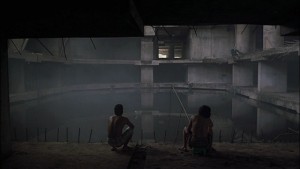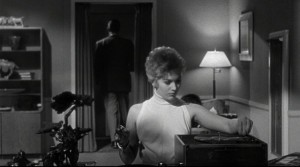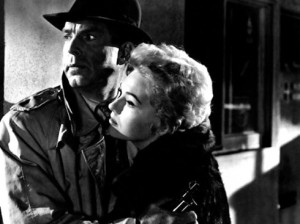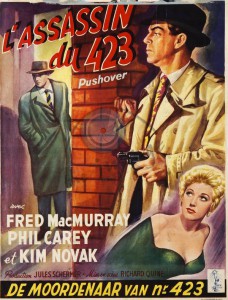A “PIERROT” PRIMER by Jean-Pierre Gorin, a 36-minute audiovisual analysis of Jean-Luc Godard’s PIERROT LE FOU included on the second disc of the Criterion DVD of PIERROT LE FOU (Criterion 421, 2007).
For some time, I’d been lamenting that the highly original manner and method of lecturing on a film inaugurated by Manny Farber as a teacher at the University of California, San Diego and subsequently developed there by Jean-Pierre Gorin had still never been preserved on a DVD, which in some ways may be an ideal place for it. Then, when J-P’s inventive and perceptive remarks on portions of PIERROT LE FOU turned up on the Criterion DVD last year, I was thrilled and gratified to discover that it had finally happened. I even resolved to write about this in my next DVD column for Cinema Scope. But then I somehow managed to forget this resolve (so many DVDs, so little time)–at least until I accessed and started reading Royal Brown’s online review of the DVD in the summer issue of Cineaste, where my eye came upon a reference to Gorin’s “professorial and often rather smug and empty analysis of the film’s first fifteen minutes”. Since none of these three adjectives comes even close to describing my own responses, I regret my failure to note my own admiration for what Gorin has done. Read more




